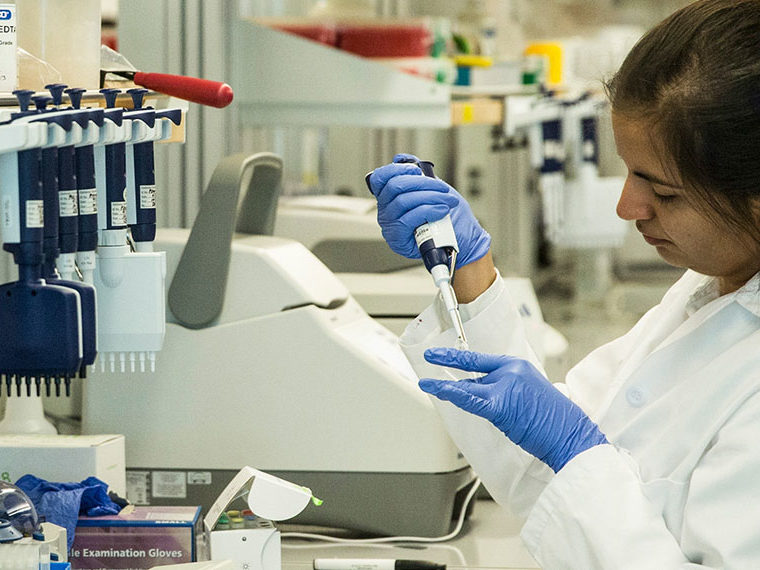Backers like to offer suggestions to a not-quite-finished product
Online crowdfunding has proven a popular way to get new products off the ground, and money is only a part of the prize. Inventors and entrepreneurs also get a passel of potential customers who are eager to offer up suggestions for improving the product.
Past research indicates that giving users a forum to contribute ideas encourages innovation. One study suggests that the more open a campaign is to outside ideas, the better the product will perform once it hits the market.
While this feedback can be a valuable source of design ideas and market information, it creates a dilemma. Should creators start with a fully developed invention, which would increase its initial appeal and make it more likely to get financed but might include features users aren’t interested in? Or should they first offer a minimal design and add the best suggestions so that only the most desirable features are included.
Opt In to the Review Monthly Email Update.
A working paper from University College London’s Sıdıka Tunç Candoğan, Bilal Gokpinar and Ersin Körpeoğlu, Erasmus University’s Philipp B. Cornelius, and UCLA Anderson’s Christopher S. Tang uses both a theoretical model and empirical study to try to answer that question.
Offer Less Bang to Get More Bucks?
In their model, the more features a product has at the beginning of a crowdfunding campaign, the more likely it will succeed. But the separate empirical study — based on an analysis of 21,000 campaigns — suggests that’s true only up to a point. A project can be so overloaded — producing “feature fatigue” that it fails to reach its fundraising goal.
“It can be better for the creator to go ahead with a less-developed product and make improvements to it during the campaign,” the authors conclude.
There are a couple of reasons, they suggest. One is simply the cost of adding a lot of undesirable bells and whistles, which then requires a higher fundraising target. The other is feature fatigue, which occurs when consumers become overwhelmed by a bewildering number of product elements that they don’t understand and expect never to use.
Internet-based crowdfunding, which can be traced back to 1997 when a British band went online to raise money from fans for a North American tour, has exploded, as dozens of sites help individuals, nonprofits, schools and startups pay for medical expenses, art projects and new product development. One of the largest, Kickstarter, has raised nearly $6 billion for more than 200,000 projects since it launched in 2009.
Rewards-based crowdfunding sites, like Kickstarter and a leading competitor, Indiegogo, are the most popular variety. A startup provides a description of a planned product or business, and backers are promised rewards based on the level of their pledges; for example, in a recent campaign for a collection of colorful computer keyboards, a $40 pledge earns the giver a number keypad, a $70 contribution gets a full keyboard. (An alternative form of crowdfunding, which is equity based, gives backers a share in the startup developing the project.)
Does Room for Improvement Create Room for Success?
The study by Candoğan, Gokpinar, Körpeoğlu, Cornelius and Tang seeks to answer two questions: How much room in the initial product description should be left for backer-suggested improvements? And how does that initial level of product development affect the ultimate success of the campaign?
Their initial analysis identified a tension inherent in deciding how feature-rich a product should be at the start. On one hand, creators have an incentive to develop a product as fully as possible to avoid expensive changes. What’s more, the more features it has, the more backers it will attract, which increases the number of suggestions and the likelihood that some will lead to valuable improvements.
The answer to the first question, then, is fairly predictable: A well-developed project is less likely to be improved, while one that starts with fewer features is more likely to be revised based on backers’ suggestions.
The theoretical analysis also indicates, not surprisingly, that backers are more likely to pledge to a more fully developed product, making it more likely to succeed.
But the empirical study reached a different conclusion. To test the theoretical findings, the authors analyzed Kickstarter campaigns between July 2013 and February 2016 and found that after a point, adding more features reduced the likely success of the project. When they added a variable representing feature fatigue, the amended theoretical findings matched the empirical results.
For feature fatigue to show up in crowdfunding campaign is a little surprising, since it more commonly appears after a customer buys a product. Here, it apparently arises when a potential customer is evaluating an item, long before they have a chance to use it. “This,” the authors write, “may be because crowdfunding customers evaluate products almost as diligently as experts or investors.”
Featured Faculty
-
Christopher Tang
UCLA Distinguished Professor; Edward W. Carter Chair in Business Administration; Senior Associate Dean, Global Initiatives; Faculty Director, Center for Global Management
About the Research
Candoğan, S., Cornelius, P., Gokpinar, B., Körpeoğlu, E., Tang, C. (2021). Product Development in Crowdfunding: Theoretical and Empirical Analysis.






